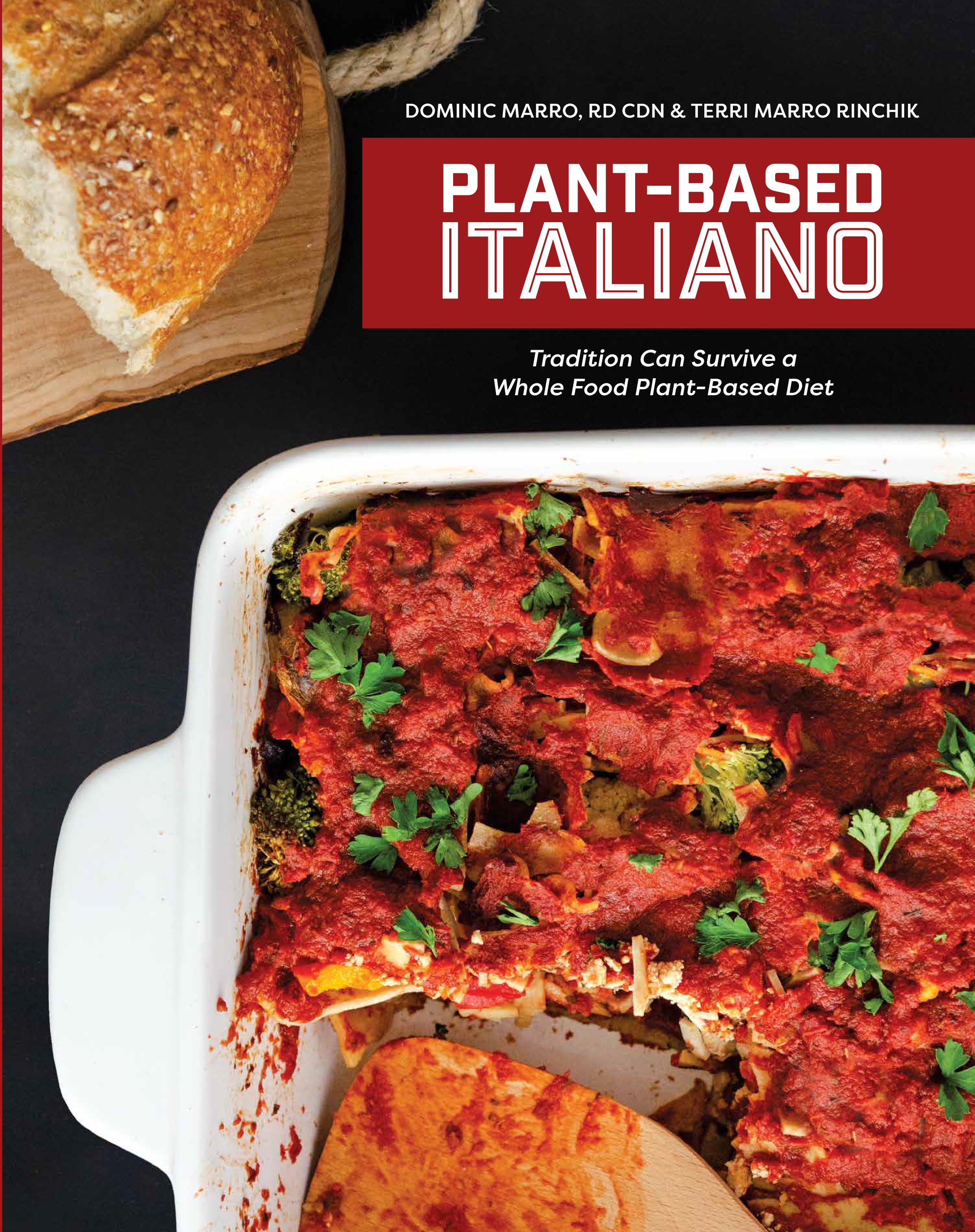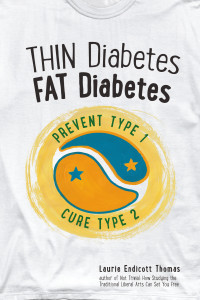Yet another friend and colleague recently shared her latest Total Serum Cholesterol and HDL levels. Her Total Cholesterol = 137 and her HDL = 84, which gives her a Non-HDL of 53.
She has been gradually transitioning to a WFPB diet over the past few years. Here is her description of her recent blood lipid profiles and how they corresponded with her diet:
2008 = mostly vegetarian .
TCHOL – 179 HDL – 79 Trigycerides – 38 Non HDL = 100.
From 2008 to Early 2012 – added crab and Mid-Atlantic fin fish- TCHOL – 202 HDL remained high, LDL and Triglycerides remained low
Early 2012 to Sept 2012 – Returned to “vegetarian mode”
Sept 2012 – TCHOL-162 HDL – 73 Non HDL = 89
Sept 2012 to September 2013 – Diet more plant based, but included some dairy and eggs
Sept 2013 – TCHOL – 137 HDL – 84 Non-HDL 53
She reports that her activity level has been consistent over the years and that currently, the only animal product in her diet is yogurt. She maintains a lean physique.
According Heart Disease/CAD expert Dr. William Castelli MD (third director of the Framingham Heart Study) your risk of developing cardiovascular disease is almost non-existent when your total cholesterol level is below 150. Dr. Castelli states “people with total cholesterol levels under 150 just don’t get heart disease.” In his famed Framingham Heart Study, those who had a cholesterol level lower than 160 mg/dl suffered no heart attacks no matter what their HDL, LDL or triglyceride levels were.
The Cholsterol Risk Chart, developed by Dr. Castelli, Dr. John McDougall MD, Dr. Dean Ornish MD and Dr. Glen Griffith reflects the findings from the Framingham Heart Study.
Non-HDL cholesterol is your total cholesterol minus your HDL “good cholesterol.” Here’s the formula: Non-HDL Cholesterol = Total Cholesterol – HDL Cholesterol. So if your total cholesterol is 190 and your HDL cholesterol is 40, your non-HDL cholesterol is 150.
It is helpful to know your non-HDL cholesterol because your level of non-HDL may predict your risk of cardiovascular disease even better than your LDL “bad” cholesterol. That’s because your non-HDL number tells you all the bad cholesterol circulating in your blood – not just your LDL cholesterol but your VLDL cholesterol levels as well. Both LDL and VLDL particles are artery-clogging “bad” lipids. When you subtract the “good” cholesterol (HDL) from your total cholesterol, you are left with all the “bad” cholesterol.
States Dr. James Kenney, Nutrition Research Specialist at the Pritikin Longevity Center & Spa: “We recommend that non-HDL be no more than 120 for prevention and no more than 100 for regression, or reversal, of atherosclerotic lesions in those with established coronary artery disease or those at very high risk, such as diabetics or those with evidence of severely clogged arteries, including people who have had a heart attack or have angina or claudication (difficulty/pain in walking due to insufficient blood supply to the legs and feet).”
My friend’s Total Cholesterol level of 137 and her Non-HDL level of 53 (attained without cholesterol lowering medications) truly provide her protection from CAD. I’m happy to say that I have a growing number of friends and family members who have achieved similar protection by following a WFPB diet.
In the Framingham study, people with cholesterol levels between 150 and 200 mg/dl accounted for 35% of those with coronary heart disease, but among those with levels <150 mg/dl, the disease was rarely encountered.
People with Total Cholesterol levels between 150 – 200 mg/dl are often told by their physicians that their level is fine. It’s not fine if you truly want to protect yourself against CAD.
Click on the links below to learn more on how you can protect yourself against – and even reverse CAD.






 E Excerpt from Laurie Endicott Thomas’s amazing book Thin Diabetes – Fat Diabetes by clicking here!
E Excerpt from Laurie Endicott Thomas’s amazing book Thin Diabetes – Fat Diabetes by clicking here!
Speak Your Mind